Why use hemp flour in cooking?
min. reading
Among the recently popular superfoods, hemp seed-based foods have emerged, including protein, oil, hulled seeds, and flour. These are products incredibly rich in nutrients and very tasty. Among them, hemp flour also appears, a somewhat mysterious product because it is not the flour we know, sticky and forming a dense dough. It also does not enhance the taste of the dish because it contains much more fiber compared to carbohydrates compared to wheat or rye flour. So why use it? It turns out that it is one of the healthiest flours in the world. You can read more in the article below.
Table of Contents
What is hemp flour?
Like other products classified as hemp food, flour is also made from hemp seed, specifically fiber hemp. We can distinguish flour from whole seeds or their parts – in both cases, it contains a whole host of nutrients found in them. Therefore, hemp flour is nothing more than powdered, defatted, and dried hemp seeds. Flour can be added to various dishes, both savory and sweet. It is worth noting that hemp flour is a relatively new product on the shelves of Polish stores, so it may vary in grind depending on the manufacturer. This is because producers have not yet developed appropriate standards for its production.
How is it made?
There are several methods of making flour. The most popular and at the same time the most ecological is the use of residues after pressing oil from hemp seeds, the so-called cake. It is free of fat but rich in other ingredients contained in hemp seeds, such as protein, carbohydrates, dietary fiber, a whole range of micro and macroelements, and even some vitamins. The cake formed in the process of pressing the seeds is dried and then ground into powder.
Another method of flour production is using the residues from the husking of hemp seeds. Seeds consist of a shell and a rich, fatty and proteinaceous creamy interior, reminiscent in taste of cashews. The shell alone is an incredibly rich source of fiber and carbohydrates. When ground, the resulting flour will be an excellent addition to dishes, increasing the fiber content in the diet.
Why use hemp flour in the kitchen?
Hemp flour is not an easy product to work with. It often requires milling at home, and when too much is added, it can alter the taste of the dish, not sticking and generally being difficult to handle in the kitchen. So why bother? The main argument is health-related. Just adding a little hemp flour to our flour-based dish can make it several percent richer in protein and dietary fiber.
Glycemic index
As a result, hemp flour is an excellent product for lowering the glycemic index of a dish. Maintaining stable glycemia is important not only for diabetics but for everyone concerned about the prevention of cardiovascular diseases. In addition, the components in hemp flour support digestion. They also affect maintaining proper bacterial flora in the intestines, immunity, and many other processes in our body. Furthermore, reducing the amount of consumed carbohydrates and increasing the supply of fiber in a meal will have a beneficial effect on better control of our appetite. Hemp flour has even 12 times more calcium and 28 times more magnesium than wheat flour. Additionally, if we replace about 20% of wheat flour with hemp flour, our meal will have about 38% more easily digestible protein.
How to use hemp flour in the kitchen?
Unlike other hemp products, such as protein or seeds, flour is not rich in fats. Therefore, when using it in the kitchen, there is no need to adhere to such strict temperature requirements. In principle, it can be subjected to heat treatment, but the temperature should not exceed 160-170°C due to the residues of essential fatty acids (EFAs) that oxidize.
Hemp flour & baking
Hemp flour can be successfully added to pastries and baking. However, it must be used as an addition to other flours because it is gluten-free. Therefore, it lacks any stickiness. Moreover, it has a very high dietary fiber content, up to 40%. It is heavy and can contribute to a dense texture in the dough. In the case of yeast pastries, pizza dough, challah, or sponge cakes, it is recommended to add a maximum of 10% hemp flour to avoid affecting the dough’s rising. For shortcrust pastries, cookies, pancakes, pancakes, waffles, dumplings, or pierogi, you can add about 20-30% hemp flour. As mentioned earlier, hemp flour does not contain gluten, so it must be used as an addition to other flours that exhibit stickiness. These include wheat, rye, rice, or buckwheat flours. Hemp flour has a delicate nutty-earthy flavor. Thus, it does not enhance the taste of the dish but serves as an excellent complement to any flour-based dish. It makes the meal more nutritious and much healthier.

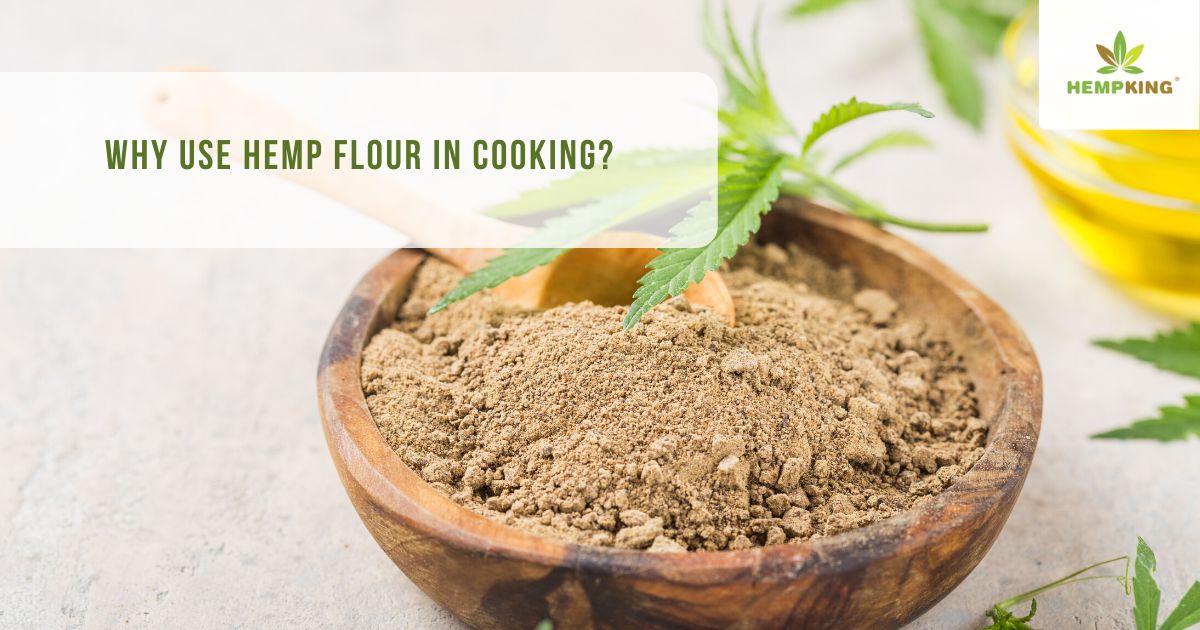
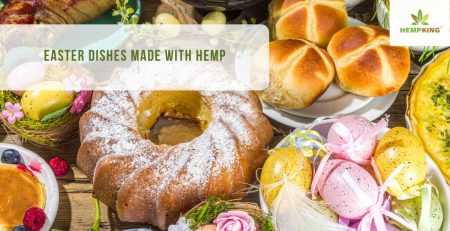
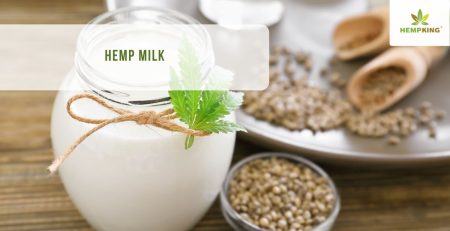
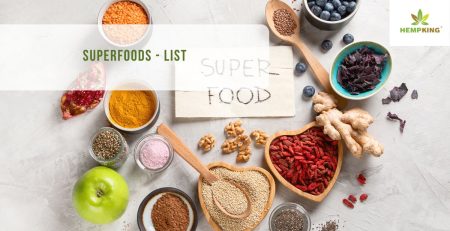

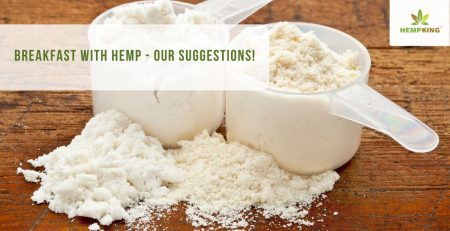
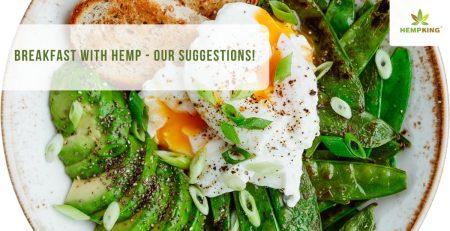

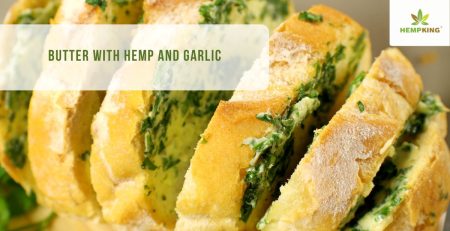

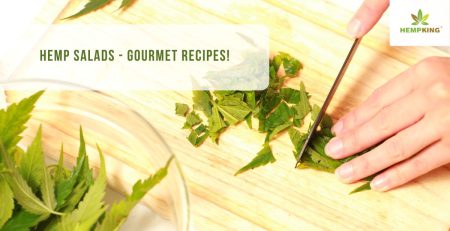
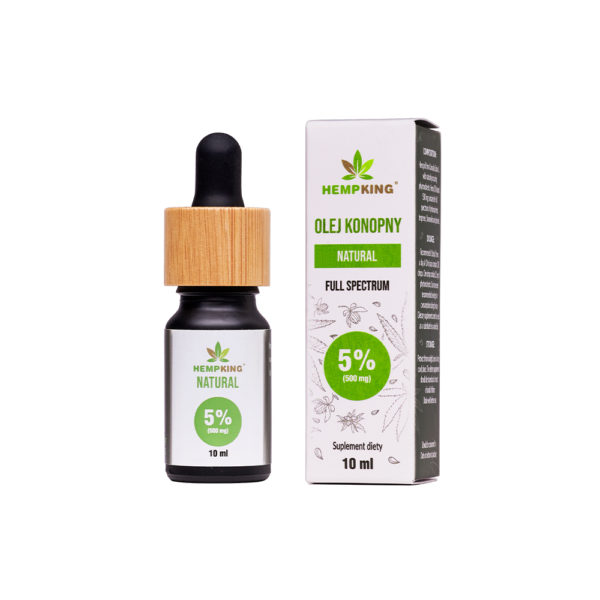
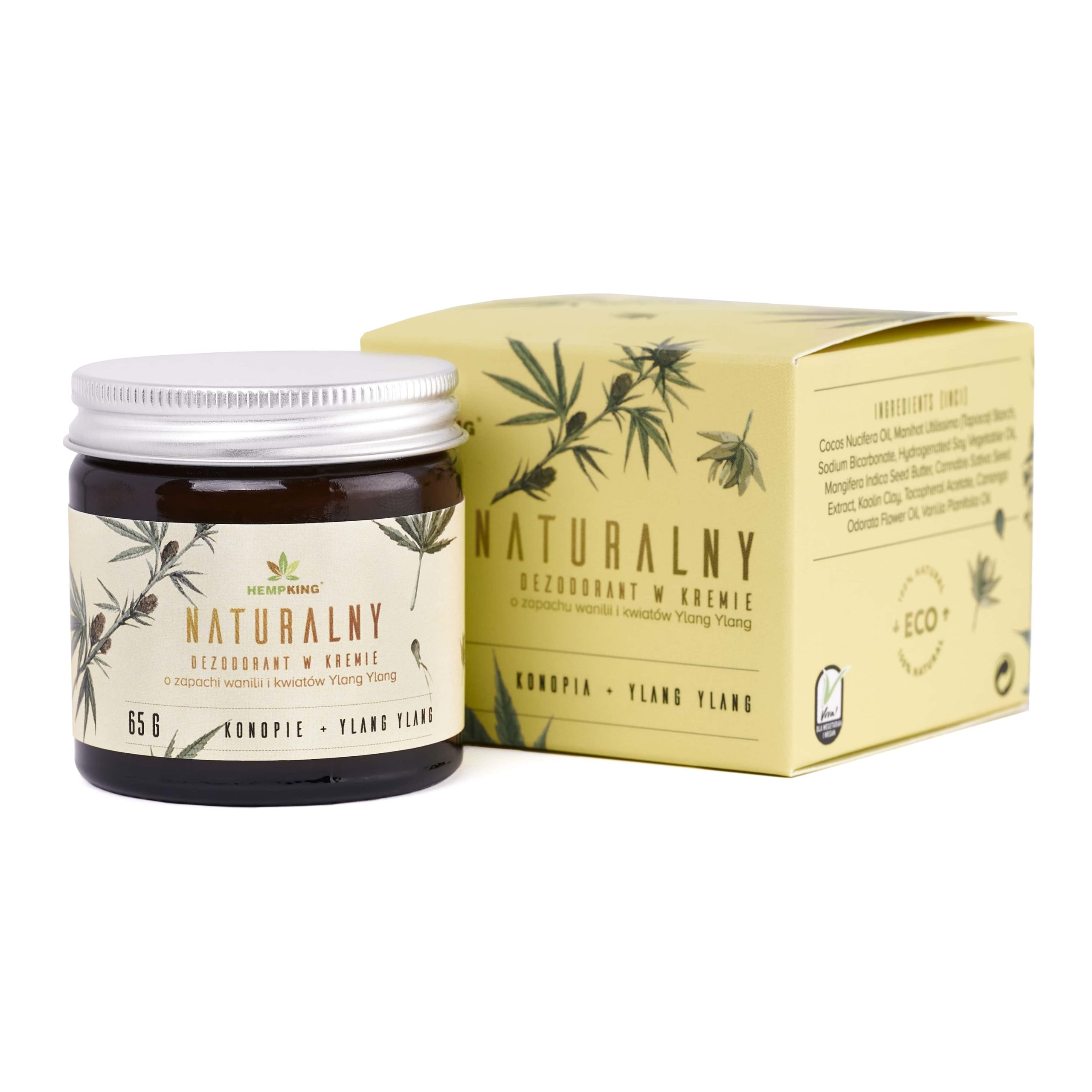
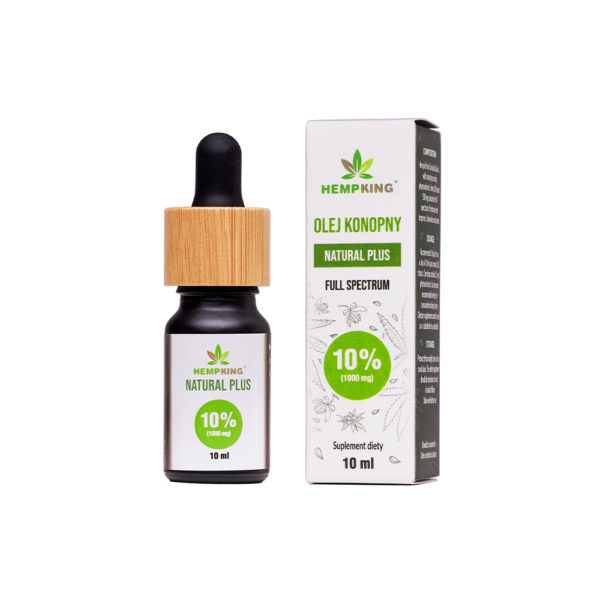
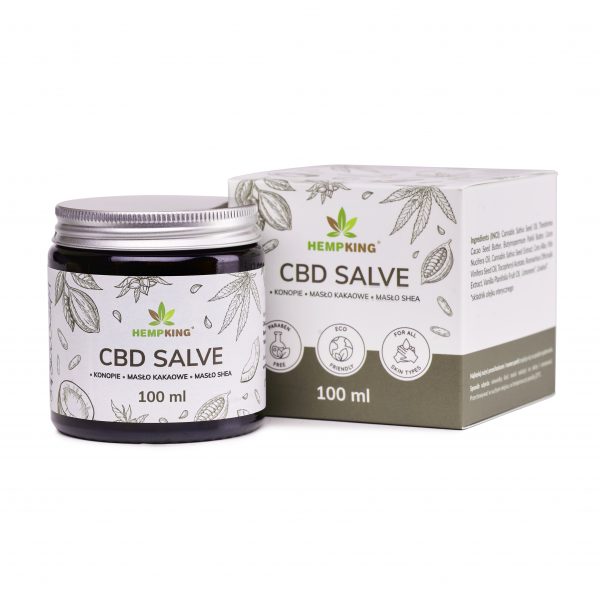
 Facebook
Facebook Instagram
Instagram

Leave a Reply